According to the Center for Responsive Politics, nearly $2 billion was spent on this year's U.S. presidential campaign. [1] Many of us in the global health community can only look upon that $2 billion figure in awe because of the potential for those dollars to be repurposed to immediately and dramatically improve the lives of the poorest people who suffer from disease.
Today, an estimated 1.3 billion people live below the World Bank poverty line -- less than $1.25 per day -- or practically speaking, on almost no money at all. We now know that almost every one of these "bottom billion" individuals are infected with at least one neglected tropical disease (NTD). NTDs are the most pervasive and common infections of the world's poorest people -- they are a group of chronic parasitic and related infections such as roundworm, hookworm, schistosomiasis, elephantiasis, river blindness, trachoma, and Chagas disease. There is a strong evidence base to indicate that NTDs not only impair health but actually trap people in poverty. They hinder child development, adversely affect pregnancy outcomes and greatly reduce agricultural worker productivity.
The Global Network for Neglected Tropical Diseases has been working to raise awareness about NTDs and promote the expanded use of a rapid impact package of safe and effective drugs, which can control or even eliminate many of these diseases as public health problems. [2] Because the drugs are donated by large pharmaceutical companies, we can administer the rapid impact package for as little as 50 cents per person per year, making NTD treatments one of the world's most cost-effective public health interventions.
Even half of the $2 billion spent on the campaign this year could go a long way toward controlling and eliminating NTDs:
For example, in the Caribbean region, we could use mass treatment approaches to eliminate elephantiasis (a disease that causes massive swelling and disfigurements of the limbs and genitals) and schistosomiasis (a parasitic infection that can cause internal bleeding and malnutrition). At the same time, we could eliminate river blindness in the five affected countries in Latin America: Brazil, Ecuador, Guatemala, Mexico, and Venezuela. Think of it -- we could actually eliminate three NTDs in these regions of the Americas.
Alternatively, we could either control or eliminate the seven most common NTDs in southern Sudan, a region decimated by civil war in combination with these highly-prevalent NTDs. There would probably be enough funds left to do the same in the Democratic Republic of Congo and Angola -- the largest countries in sub-Saharan Africa and among those most decimated by NTDs and conflict. [4]
We could also treat and ultimately prevent female genital schistosomiasis (FGS), an NTD that infects 100 million African girls and women. FGS has become one of the most common gynecologic condition on the African continent, and was recently identified as a major co-factor for contracting HIV/AIDS. [5]
We could deworm huge swaths of Southeast Asia, an area where children are losing future wage-earning from intestinal helminths because of their adverse effects on child cognition and intellect.
We could develop, test and license new treatments or vaccines for Chagas disease, a leading cause of heart disease affecting 10 million people in Latin America, as well as approximately 300,000 people living in poverty in the U.S. We could also develop vaccines for additional NTDs -- we sometimes call them the "anti-poverty vaccines" because of their important economic impact.
In short, because NTD treatments are so profoundly inexpensive, we could make a huge difference in the lives of the world's poorest people both in the U.S. and abroad and actually lift tens, if not hundreds of millions out of poverty.
The $2 billion spent on campaigning is long gone, but with President Obama's next term, we hope to see a renewed focus on global health and development. Through government agencies like USAID, Congress has recognized the need for more support in the fight against NTDs. We hope moving forward that U.S. government support will continue to grow so that in the coming decade we may see a world nearly free of NTDs.
References:
Peter Hotez, M.D., Ph.D., is president of the Sabin Vaccine Institute, which hosts the Global Network for NTDs and its END7 campaign. He is also the Dean of the National School of Tropical Medicine at Baylor College of Medicine and Texas Children's Hospital Endowed Chair in Tropical Pediatrics.
For more by Peter Hotez, M.D, Ph.D., click here.
For more on NTDs, click here.